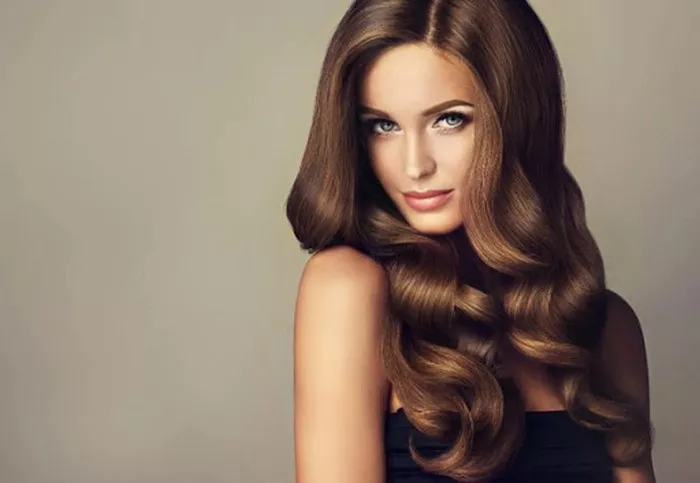Embracing the versatility of hair extensions opens up a realm of possibilities for those yearning for a temporary change. According to Raphael Roque, senior stylist at Rob Peetoom Williamsburg, the benefits are boundless, allowing individuals to experiment with length, add volume, or change color without resorting to traditional dyes.
Pekela Riley, celebrity hairstylist and founder of True + Pure Texture extension line, highlights the various methods used to attach extensions to natural hair, including clips, gentle bonds, heat fusion, micro-links, or sewing. Riley emphasizes the importance of achieving a seamless look that blends seamlessly with natural hair.
To help you determine the best type of hair extension for your needs, we’ve outlined some common options below.
Clip-Ins
Ideal for those hesitant to commit to long-term maintenance, clip-ins offer versatility without permanence, as mentioned by Kevin Kelly, hairstylist and founder of Kevin Kelly Luxe extensions. While they require careful removal daily, with proper care, the hair itself can last for months or even years. Professional installation is recommended for the best results.
Draw-String Ponytail
This convenient option, as explained by Riley, utilizes a drawstring or comb attachment to create the illusion of a full, long ponytail without additional styling. Lightweight and easy to use, the drawstring ponytail is a popular choice for quickly adding length and volume to your hairstyle.
Tape-In
Tape-in extensions, attached with medical-grade glue, offer a reusable option every five to eight weeks. Professional installation is crucial to prevent mishaps. Compatibility with natural textures is essential, making them an excellent choice for those wanting a natural look.
Sew-In
A sew-in involves braiding natural hair into cornrows, with extension wefts sewn onto the braids. Tatiana Ramos, hairstylist and national artist for Pureology, emphasizes the importance of caring for the scalp by regular washing and conditioning.
I-Tips
Individual strands with a small loop at the top, I-tip extensions are attached to natural hair using micro-links or beads. Regular maintenance is key for longevity, and as hair grows, salon visits for move-ups are recommended.
K-Tips
K-tip or keratin-bond extensions use heat to bond with the hair. Versatile but requiring maintenance, they offer discretion and the ability to style various looks. However, they are not reusable and may become an expensive option.
Hand-Tied
Hand-tied extensions involve strands hand-tied and knotted to the weft, providing a lighter and thinner alternative. Maintenance, including gentle product use and heat avoidance, is crucial to prevent matting.
Incorporating hair extensions into your beauty routine can offer a temporary transformation, providing a myriad of styling options. Selecting the right type depends on personal preferences, commitment levels, and desired results.


